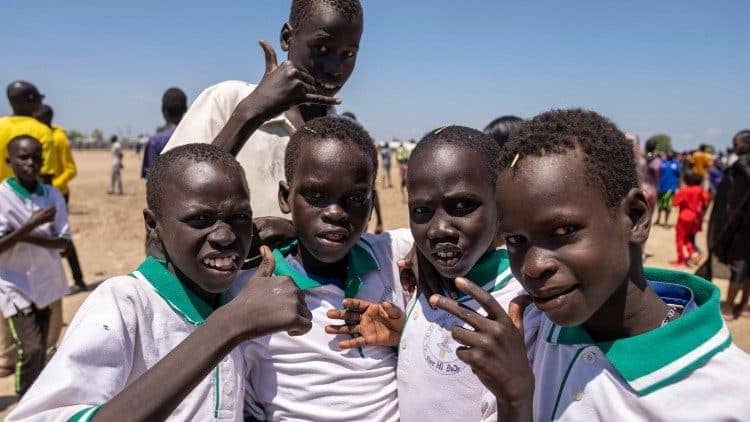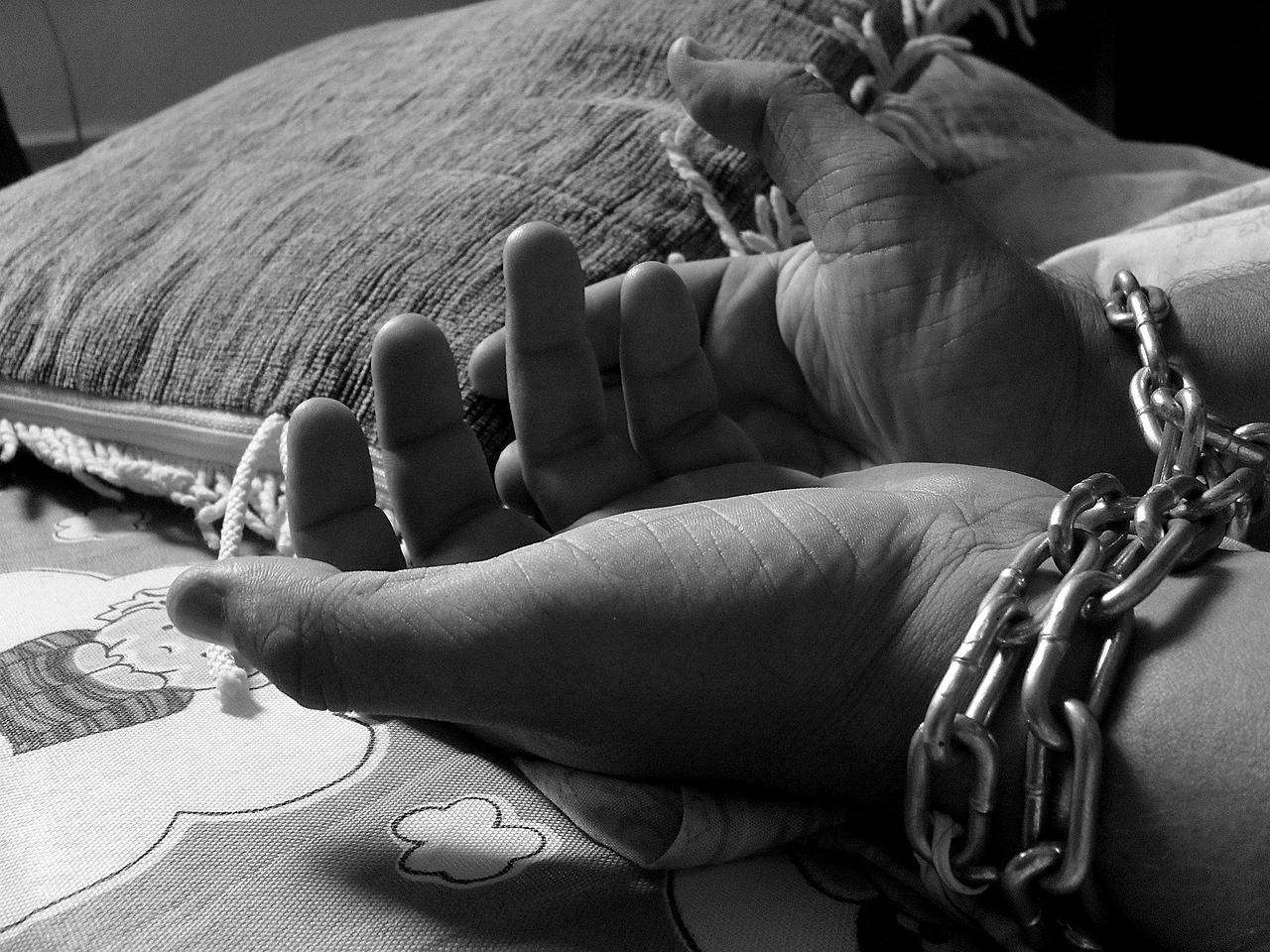NAIROBI, Kenya — A missionary priest in eastern Congo is warning of a crisis after a volcanic eruption flattened homes, destroyed structures and left thousands of people displaced near the city of Goma.
Father Dennis Dashong Pam, assistant provincial superior of the Missionaries of Africa in the Central African province, said days after the eruption, tensions were still high in the city as repeated tremors continued to shake everything and crack houses.
“Those who lived closer to the point of eruption lost everything. Houses were covered, the water reservoir that was giving water to part of the town was burned with all its pipes. Now more than half of the town has no water,” Pam told Catholic News Service in an interview from Goma.
Mount Nyiragongo, an active volcanic about six miles from Goma, erupted May 22, sending thousands fleeing toward neighboring Rwanda. Although lava stopped at the edge of Goma, on its way, it blocked a major supply road, cut off the main electricity supply and flattened several villages, according to reports. Its previous eruption in 2002 triggered a major humanitarian crisis.
Pam said the eruption had caused so much fear that fleeing families had no time to save their sick and old parents from the lava.
“That is the story we met when we visited the place,” said the priest, whose province includes Congo, Rwanda and Burundi.
“I went to our parish yesterday, which has some small Christian communities closer to the (volcano), and the parish priest told me that some families were affected, and some have started coming to the parish to seek refuge in the schools and find help.”
The priest said small earthquakes since May 23 were causing more fear, and people were being advised to stay out of their homes or avoid sitting in houses.
“This is because, as they said, the lava might still be looking for points of eruption, that is why the whole town is shaking. The people are living in fear and uncertainty,” he said.
Families are leaving the town and moving to Bukavu in the east, while others are moving to Rwanda as they wait to see what will happen next. Those who don’t have anywhere to go are praying and hoping it doesn’t get worse, said Pam.
“The government has officially visited the place, NGOs have seen the situation, but no action is taken yet. My appeal is for quick action to help those who are affected, even though we don’t know the exact numbers for now. But considering the wide range of space that was covered by the lava, we think many people are affected,” said the priest.
Nelson Mantama, a communications official at the Catholic Youth Center in Goma, said many people are unsure where to go, so they are standing on rooftops as the tremors occur.
“Everything has come to a standstill. Shops, markets and schools are closed. The attempt at the moment is to identify safe ground where the people could be moved away from the gases from the eruption,” said Mantama.
Taylor Lanton, an emergency coordinator for Catholic Relief Services, the U.S. bishops’ international relief and development agency, said the initial assessments have highlighted the destruction of hundreds of structures near Goma and areas around the mountain.
“Of grave and immediate concern is the impact of the eruption on water access for Goma’s residents, a quarter of whom are estimated to be without access to water, as well as the destruction of houses and the eruption’s impact on food supplies and livelihoods,” said Lanton.
Lanton said preliminary reports have highlighted that 900 households are in need of immediate food assistance and more than 3,600 houses were destroyed by the lava, according to an assessment by the Catholic charitable network Caritas in Goma.
“Some humanitarian actors are already active in water, sanitation and hygiene, and health sectors in Goma and have pivoted their existing activities to address emerging needs after the eruption,” she said.
CRS disbursed $25,000 to help Caritas Goma begin mobilizing its response.














